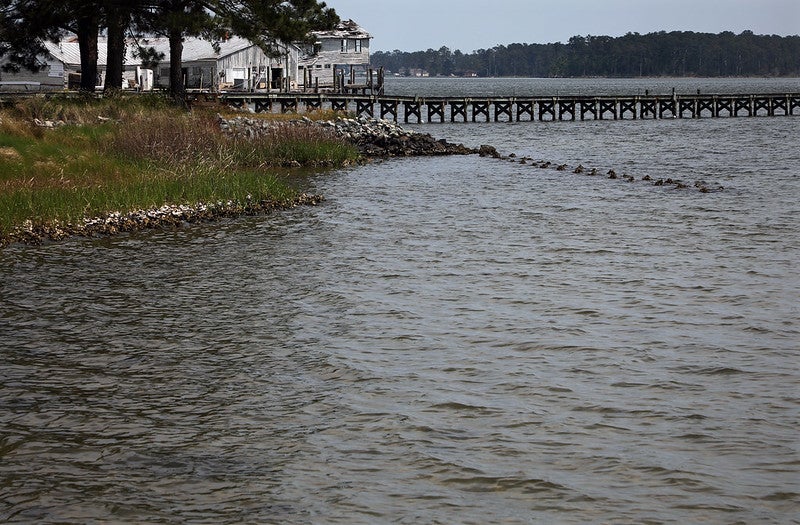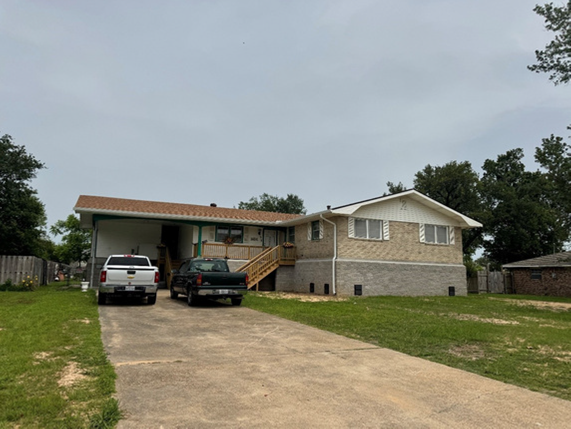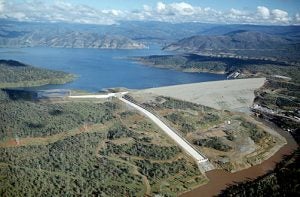
What the Oroville Dam crisis tells us about natural infrastructure
The crisis at Oroville Dam in Northern California has abated, but problems could return with more rain in the forecast for later this week.
If you haven’t heard, the reservoir behind the dam reached capacity last weekend, sending water over an emergency spillway for the first time since its construction in 1968. Authorities ordered more than 180,000 people downstream to evacuate their homes over concerns that the spillway could fail, sending an enormous uncontrolled rush of water down the Feather and Sacramento Rivers.
While the evacuation order has since been lifted, our thoughts still go out to those affected. We continue to monitor and try to make sense of the situation, and while many lessons will eventually be pulled from this experience, there is much to reflect on today.
From drought to flood
For the past five years, we’ve collectively prayed for more rain as we’ve seen our reservoir levels drop lower and lower. Now, we’re hoping our reservoirs don’t overflow.
It’s a stark reminder of how variable the weather can be in California. From record drought to record precipitation in a matter of months. While climate change is certainly playing a role in the magnitude of weather variations, it isn’t a new phenomenon in the state. In our climate, we’ve always had to deal with extremes in weather, and we’ve created a complex water system to accommodate these oscillations.
But the situation at Oroville reminds us that there is still more work to be done to create a balanced and resilient water system in California.
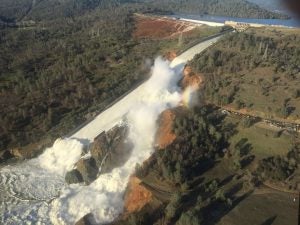
Investing in infrastructure
This starts with smart, strategic investments in built infrastructure. A vast web of dams, reservoirs and canals stretches throughout California, delivering snowmelt from the Sierra Nevada Mountains up north to farmers in the Central Valley and cities in Southern California.
Many of these facilities are aging and in need of repairs, posing concerns to downstream communities and significant risks to rivers, fish and wildlife. In fact, back in 2005, several environmental groups raised concerns about the spillways at Oroville Dam, saying they failed to meet safety standards. They urged federal officials to mandate improvements, but nothing was done.
We must heed the warning signs and hopefully the situation at Oroville will serve as a wakeup call to make the necessary investments to maintain the state’s water system.
Expanding natural infrastructure
But we can’t rely on built infrastructure alone. Natural infrastructure – rivers, streams, flood plains and groundwater basins – also plays a vital role in California’s water management system, providing multiple benefits including flood protection.
For example, the Yolo Bypass, a 16,000-acre wildlife-rich area in the Sacramento Valley, provides crucial flood protection, acting as a buffer and absorbing surges of floodwater coming down the Sacramento River toward the state’s capital.
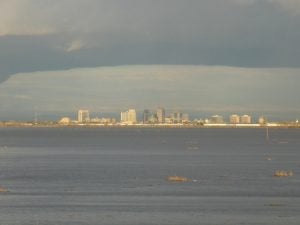
The Bypass has been doing double and triple duty to accommodate swollen rivers caused by heavy precipitation this winter. And, if something catastrophic were to happen at Oroville, the Bypass would be crucial to reducing damages downstream.
These natural features not only protect our communities from floods, they provide multiple other benefits such as water quality improvements, recreation opportunities for local communities and habitat for fish, birds and other critters.
Moving forward
Disasters – especially narrowly averted ones – create a window of opportunity for change. Now, more than ever, we need to think about how we’re taking care of our water system.
Farmers in the Central Valley, cities in Southern California, fish in the Sacramento River – we all depend on Oroville Dam and the other components of a well-functioning water system. As we consider investments to fix the dam and upgrade our aging built infrastructure, let’s also consider a path forward that includes smart, strategic investments in natural water infrastructure.
Related:
Why one wet winter won’t solve California’s water problems >>
Water heroes emerge in California’s Central Valley >>
From Tennessee to the arid West, water runs through my work >>










